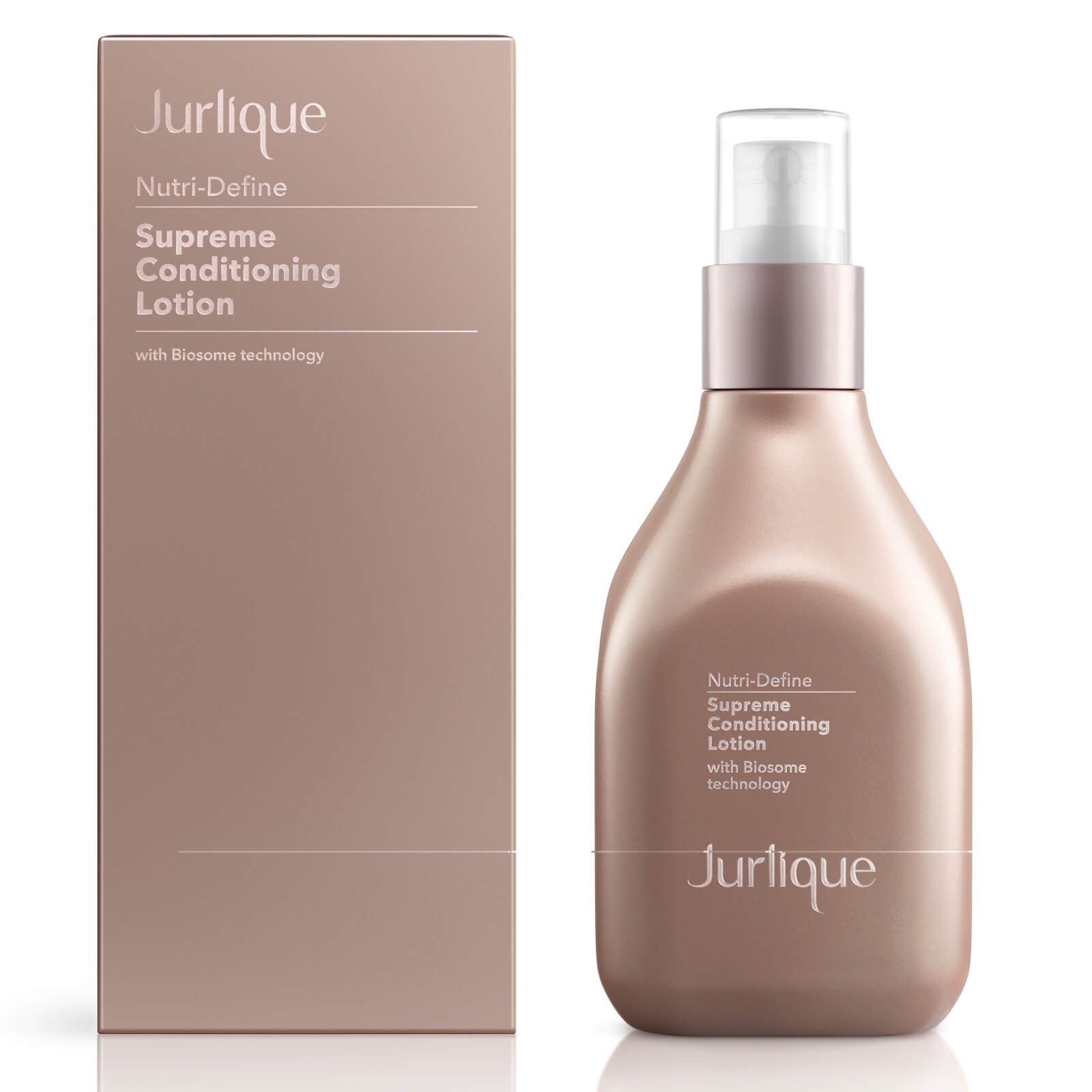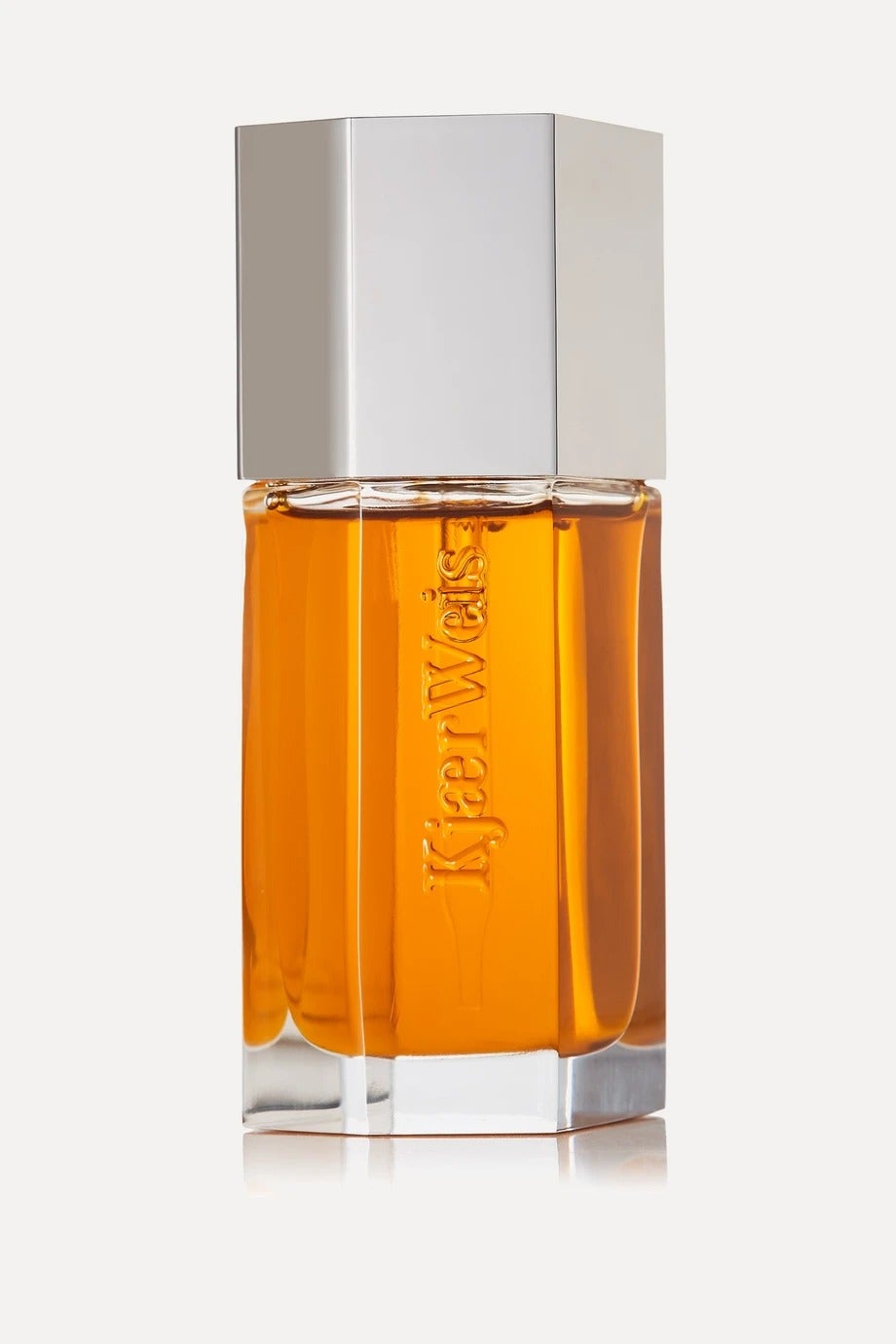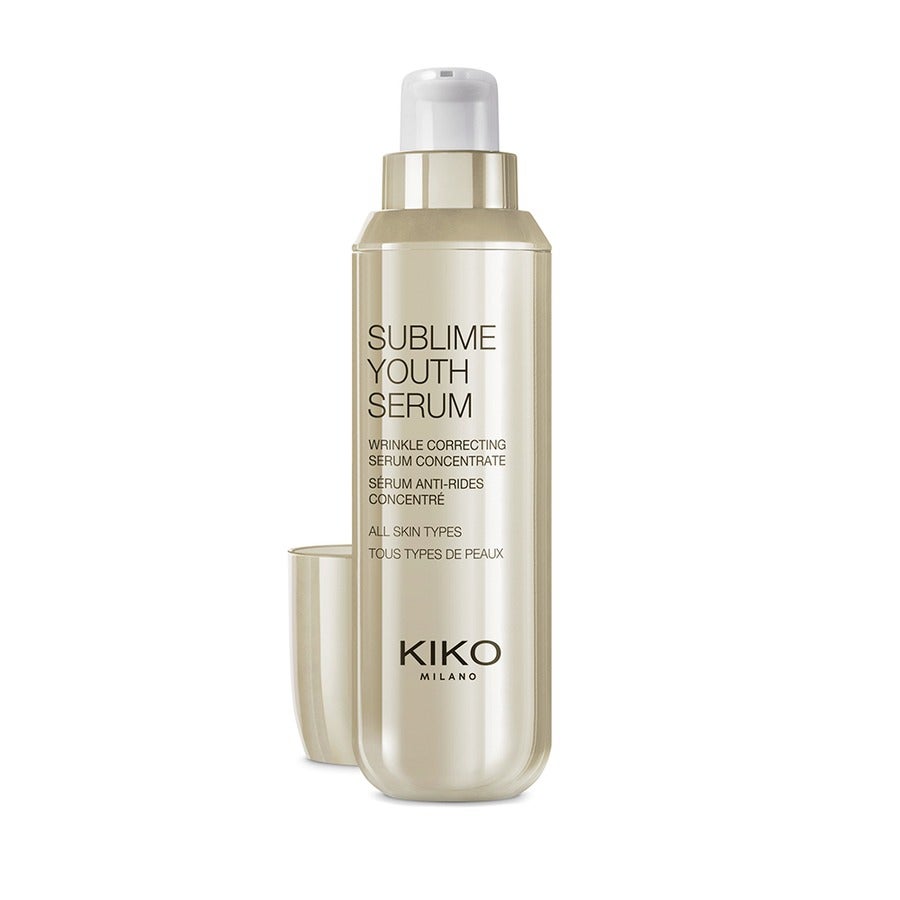Skincare Experts Say This Natural Ingredient Works Just Like Botox
Designed by Meg O'Donnell
We've already championed fulvic acid (a gentle alternative to vitamin C which brightens dull skin over time) and succinic acid (touted as the ultimate spot solution). But right now, skincare lovers are searching for one ingredient in particular: spilanthol.
If it's not one you've heard of before, you aren't alone. The smart ingredient is still very under the radar and unlike much-loved vitamin C and retinol, the majority of skincare brands haven't yet jumped on board the emerging trend. That said, some skin experts think it's going to be huge very soon, especially among those looking to incorporate more natural, plant-based ingredients into their skincare, or people interested in preventative or anti-ageing skincare.
AdvertisementADVERTISEMENT
At Refinery29, we’re here to help you navigate this overwhelming world of stuff. All of our market picks are independently selected and curated by us. All product details reflect the price and availability at the time of publication. If you buy or click on something we link to on our site, we may earn a commission.
What is spilanthol?
"Spilanthol is extracted from one of many medical plants originating from South America," explains Dr Ana Mansouri, skin expert and aesthetic doctor. "The flowers, leaves and stems from the subtropical herb spilanthes acmella plant has been extracted for the substance spilanthol for many years across the world. It has been used in communities as a traditional remedy for centuries for its anaesthetic, antibacterial and anti-inflammatory properties, for example treating headaches, toothaches, joint swelling and promoting wound healing."
What are the skin benefits of spilanthol?
Dr Mansouri highlights that spilanthol's skin benefits have not yet been extensively studied but some research shows a handful of promising effects on the skin.
Firstly, it is an anti-inflammatory ingredient, says Dr Mansouri, so it can be beneficial in reducing swelling and redness. "Studies have shown that spilanthol can block allergic inflammation in skin concerns like atopic dermatitis," a common form of eczema which can make skin appear dry, cracked and itchy or uncomfortable. Spilanthol can help calm that irritation.
AdvertisementADVERTISEMENT
"Secondly, spilanthol has also shown skin penetration benefits where it can increase the absorption of other topical substances applied on the skin," says Dr Mansouri. Basically, the ingredient (usually found in lightweight serums) helps anything you apply on top, such as moisturiser, eye cream or facial oil, sink into the skin better and really work its magic.
Much like vitamin C, spilanthol is an antioxidant, which means it protects the skin against dulling environmental aggressors such as pollution. Most interestingly, beauty brands are utilising it for its potential to reduce fine lines and wrinkles. "One study has suggested that it may have a blocking effect on the muscles in the face," says Dr Mansouri. "This suggests it may be used to reduce muscle movements, thereby softening wrinkles." Dr Mansouri says this is why spilanthol has earned the nickname "organic Botox". Unfortunately, the hard data here is lacking, says Dr Mansouri, who champions spilanthol's soothing and anti-inflammatory effects instead. But that hasn't stopped brands from becoming very excited by it.
How do you use spilanthol and what are the best spilanthol serums?
Products containing spilanthol are pretty exclusive but spilanthol serums in particular are making waves among beauty lovers as they are more concentrated than other forms of skincare.
Jane Scrivner's Bioluronic Buzz, £39, is a hydrating hyaluronic acid serum which contains spilanthol. According to the brand, much like Botox, the ingredient has a temporary 'paralysing' effect on the skin, smoothing over fine lines and wrinkles and improving skin texture. While on the expensive side, influencers and editors love Tata Harper's Elixir Vitae Eye Serum 2.0, £313, for taking care of under-eye skin. It's a little thicker in texture than other serums so doubles up as your eye cream. Shea butter, hyaluronic acid and a team of oils help nourish and moisturise dry skin, temporarily reducing faint lines.
AdvertisementADVERTISEMENT
For skin that is on the dry side, try Advanced Multi-Perfecting Red Oil Serum, £95, or Kjaer Weis The Beautiful Oil, £180, which both contain spilanthol. If you're looking for a moisturiser instead, D'Alchemy's Age Defence Broad Spectrum Remedy, £50.80, is a rich cream suited to more mature skin. Spilanthol helps skin feel firm and supple, while argan oil and shea butter deeply moisturise, helping to smooth skin texture and plump out fine lines temporarily.
R29 also rates Jurlique Nutri-Define Supreme Conditioning Lotion, £52, as it's lightweight and contains ultra moisturising glycerin. If you'd rather not splurge, the KIKO MILANO Sublime Youth Serum, £21, also contains the ingredient, as does the Oskia Restoration Oil, £18.
So what's the best way to use spilanthol? "If you want to maximise its antioxidant abilities, I'd suggest implementing spilanthol during your morning skincare routine," says Dr Mansouri, "as this will make the most of its possibility to fight exposure from the environment." Dr Mansouri suggests dialling up your skin protection and teaming spilanthol with another antioxidant of your choice, such as vitamin C if you're already using it. That said, many products containing spilanthol can be used either in the morning or the evening. If you're using a serum specifically, apply after cleansing and follow with moisturiser.
AdvertisementADVERTISEMENT
Are there any side effects of spilanthol in skincare?
Dr Mansouri says that no side effects have been highlighted so far but as with all new ingredients, she suggests proceeding with caution and doing a patch test first. "Generally speaking, take care to check what other ingredients have been included in the formulation you choose, as these may have the potential of their own side effects," adds Dr Mansouri.
"Also, be mindful of spilanthol's suggested ability to enhance the absorption of other active ingredients," adds Dr Mansouri. "For potentially irritating, active ingredients such as AHAs (alpha hydroxy acids with exfoliating properties, like glycolic or lactic acid) or retinoids, I'd suggest particularly sensitive or reactive skin types use them on separate occasions from spilanthol to prevent any reactions."
Always use skincare products as directed by the label or instructions and monitor your skin for any signs of adverse reaction, concludes Dr Mansouri. She adds that if you notice any side effects such as redness or irritation, stop using the product and contact a skin expert as necessary.
AdvertisementADVERTISEMENT













